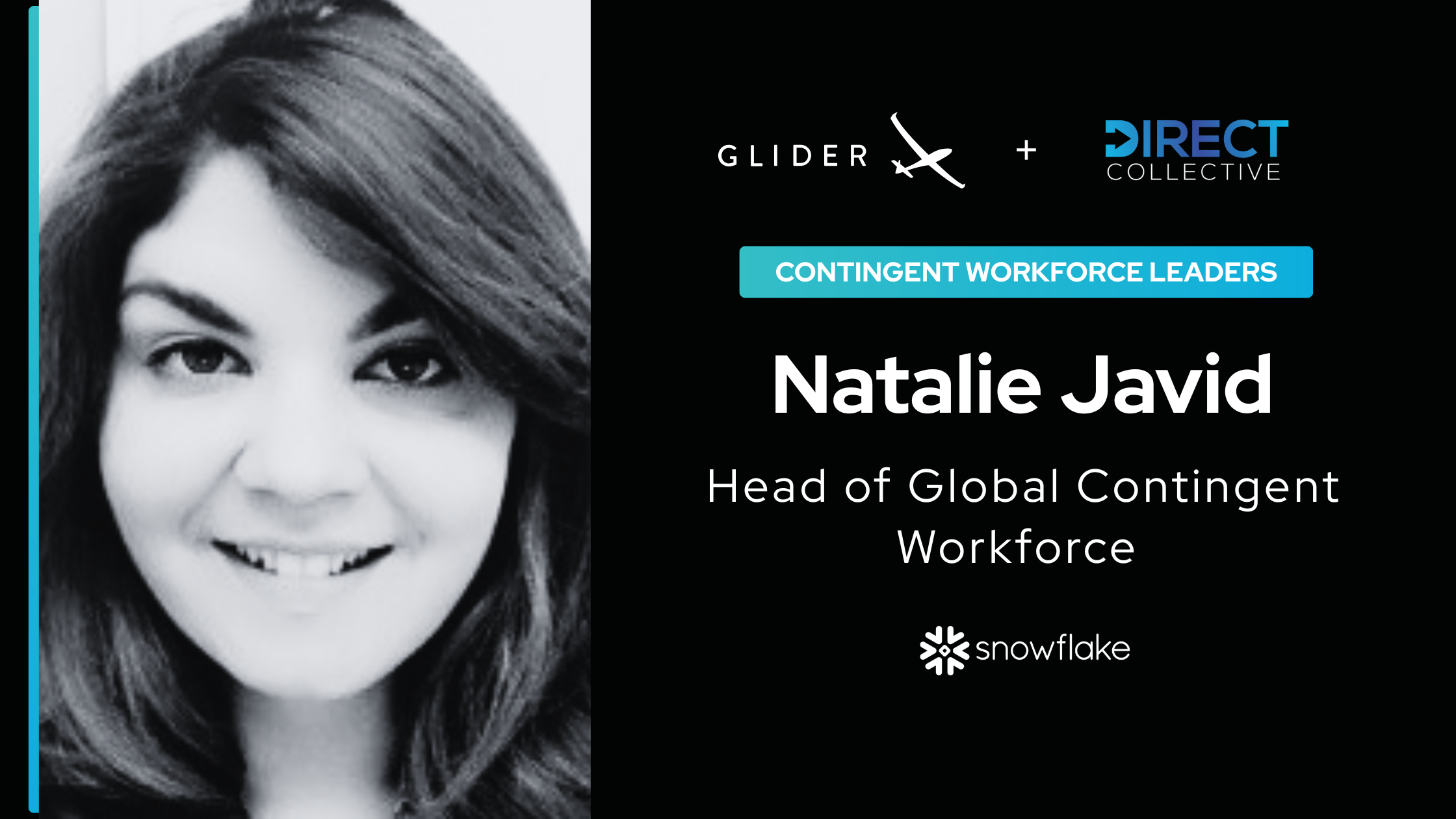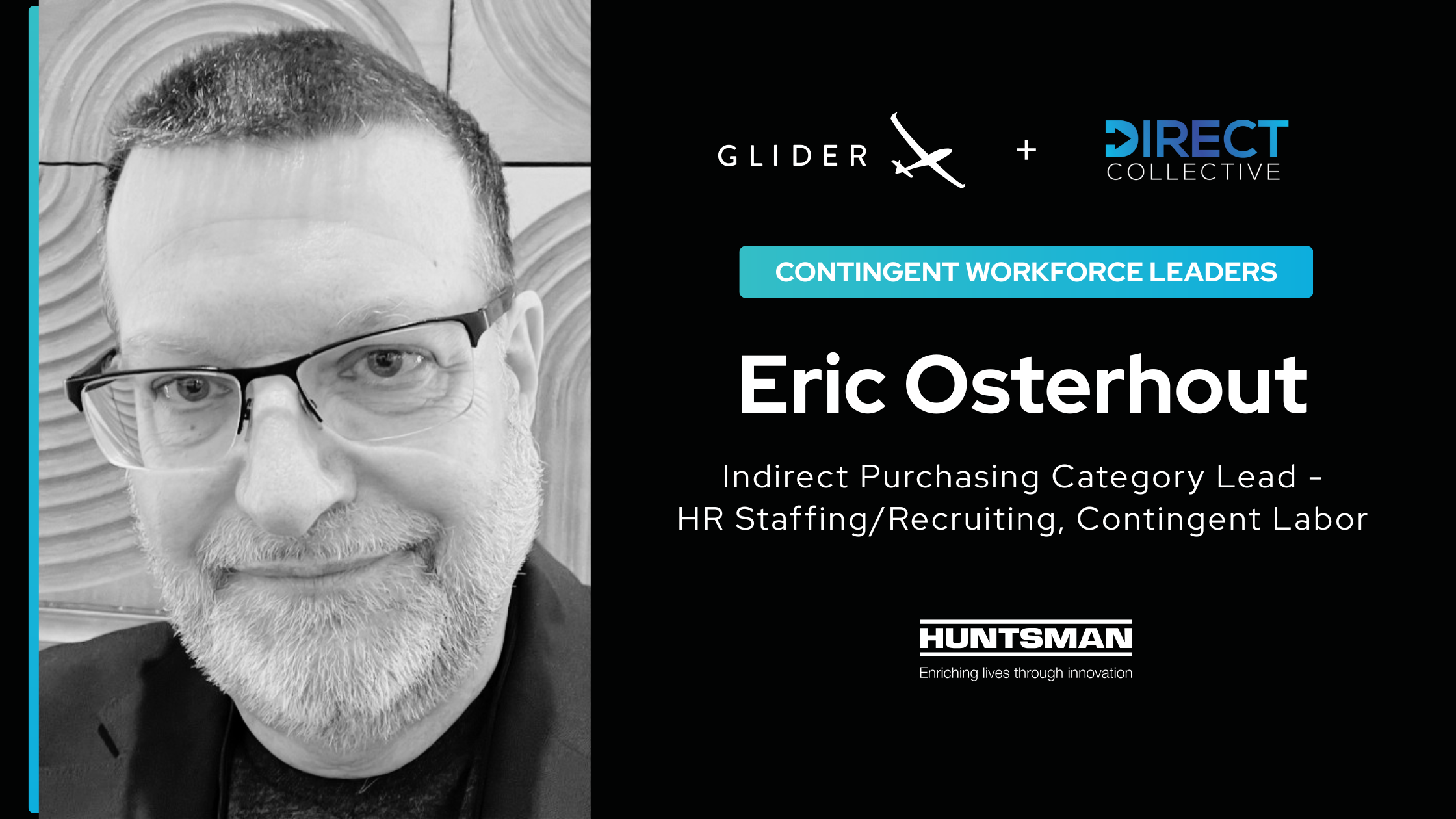
Make talent quality your leading analytic with skills-based hiring solution.

It’s a new year and we are all excited about what it’s got for us. We are all hoping that this year will be better than the previous year. 2020 didn’t live up to our expectations. A lot of things happened in the previous year and there were some things that we cannot account for. Change and transformation were the terms that became common in 2020.
In this blog, we will talk about one such industry that got completely transformed during the previous year. And yes, as the title suggests, we will be talking about the changes in the Managed Service Providers (MSP) industry.
Jump into the action as we give you a detailed description of the various factors that drove the transformation in the MSP sector.
Let’s begin!
There were a lot of trends that paved the way for the MSP sector to become what it is today. Let’s count them down.
The rise of the gig economy compelled the MSP industry to take a more strategic approach towards contingent workforce management in 2020. During the period, the contingent workforce constituted around 40% of the total US workforce.
As the workforce became more infused with contingent workers, new technologies flooded the market.
This made the organizations call in for MSPs.
Organizations used non-permanent workers to handle fluctuations and manage cost efficiencies. Clients enlisted MSPs to fill all types of contingent workers. Moreover, this growth in the need for temp workers made MSPs fill more professional positions, rather than just support or project-based workers.
There are a lot of benefits to using a contingent workforce. However, there are certain risks associated with the contingent workforce.
Co-employment
State or federal governments mostly issued lawsuits against organizations when any of the contingent workers were not only employees of the agency but also of the organizations where they were working. This negated the benefits and made the organization responsible for taxes and compensation claims.
This made the organizations incline towards MSPs to get more efficient and compliant management of the contingent workforce.
Apart from that, MSPs also helped the organizations address other issues related to compliance. Here is a complete rundown of them:
Screening issues
Most companies require proper vetting of candidates before employment. When the HR screens contingent workers through the same process as permanent employees, they get more vulnerable to co-employment concerns.
MSPs provided complete vetting of contingent workers to ensure compliance.
Employment issues
MSPs provided better management of contingent workers and made sure that the workers were employees of the agencies and everything regarding pays, compensations and other issues would be looked after by the agencies.
Scheduling and compensation issues
MSPs created processes to monitor rates, scheduling of contingent workers, and other compensatory issues. The MSPs signaled the agencies that the contingent workers were treated well in the organizations. The MSPs also verified worker’s compensation issues through regular audits and tracking.
In 2020, a lot of MSPs merged with other MSPs or VMS suppliers to increase the efficiency of management. Mergers and acquisitions (M&A) became the buzz word. Thriving MSPs wanted to integrate more services under single management.
Companies increasingly took the MSP / VMS mergers to manage staffing agencies based on a variety of benefits. Companies could receive multiple candidates from several staffing agencies as they didn’t have to depend on a single agency. The M&A also streamlined the recruitment processes, lowered the costs for companies, and increased the overall contingent management efficiency.
Companies needed to adapt to working from home due to the pandemic. They needed some external source to help manage the workforce and improve efficiency. MSPs became that source of management. MSPs made finding contingent workers and managing them faster and more efficient. Companies were guaranteed a streamlined pipeline of talent to choose from when the need arose.
With time, the role of MSPs shifted from tech adviser to major strategic business partner and workforce advisor. Companies needed MSPs to cope with the changes to increase efficiency and productivity. MSPs had to tailor their contingent staffing models based on the companies’ requirements.
In addition to recruitment, MSPs had to become more of a true partner, providing assistance with a future-proof strategy and planning, predicting efficient future job performances, and creating a diverse and inclusive workplace culture.
Total Workforce Solutions allowed companies to think about talent as a whole. This phenomenon made companies integrate both part-time and full-time workers. The Total Workforce Solutions enabled:
2020 demanded a more holistic and strategic approach from the MSPs to improve the standards of talent management. The providers had to dig deep and find out ways that ensured better accountability of the workforce.
Technology advancements changed the staffing MSP industry in 2020. Companies needing staffing services wanted automation to be a part of the services. Various forms of workflow automation took place in the MSP sector, such as:
The outbreak of the virus also accelerated cloud adoption because of remote working. Cloud technologies provided services on demand without reserving unnecessary resources. Companies could use the services as and when needed without having the fear of it being overused. Most MSPs started providing their Cloud solutions to provide better technical assistance to the companies. Some MSPs even merged with popular cloud providers or resold previous cloud services.
Along with Cloud services, Internet-of-things technology (IoT) became one of the MSP market trends in 2020. IoT increased the interaction and data exchange within a single network. It merged with MSPs to provide better insights on the data, resulting in better business development.
An increase in cyber threats also created a big opportunity for MSPs to offer managed security solutions. Privacy and data security became huge concerns for the MSPs as well as the organizations. This growing concern compelled the federal and state governments to create data privacy laws to safeguard the data. Some of these laws are:
Complying with these laws, most MSPs started providing services such as:
Also, some MSPs even specialized in security services. They became managed security service providers (MSSPs) to provide better data surveillance and firewall against incoming threats.
In today’s world, traditional ways are fading away to give way to new and innovative strategies. The MSP industry too must not only evolve but evolve successfully.
MSPs must listen to the client’s needs and determine the main concerns. To win and keep business, MSPs have to reposition themselves as trusted advisors and provide a streamlined approach towards contingent workforce management. They must incorporate new approaches such as:
Besides that, MSPs need to continuously monitor active compliance and data protection laws to offer best-in-class services.

Why Total Talent Management Fails Without a Skills First Strategy When you consider all the disruptive forces reshaping work—from AI in recruiting to the impact of tariffs on the global economy—bold thinking isn’t optional. It’s essential. And, Allen Chilson is the Contingent Workforce trailblazer helping Danaher Corporation navigate that uncertainty. Serving as the Director of […]

AI-Powered Total Talent Management for Contingent Worker Success With over a decade of experience managing global contingent worker programs, Natalie Javid brings a wealth of knowledge from her work at tech giants like ServiceNow, Airbnb, and her current role as Head of Global Contingent Workforce at Snowflake. Speaking at ProcureCon 2025, Natalie shared insights on […]

Revolutionizing Future Trends with AI in Contingent Workforce Management The Human Touch in an AI-Driven Industry Eric Osterhout brings almost two decades of experience to the contingent workforce management space, currently serving as a Program Leader and Buyer for Contingent Labour at Huntsman Corp. With 17 years on the buyer side and 10 years previously […]